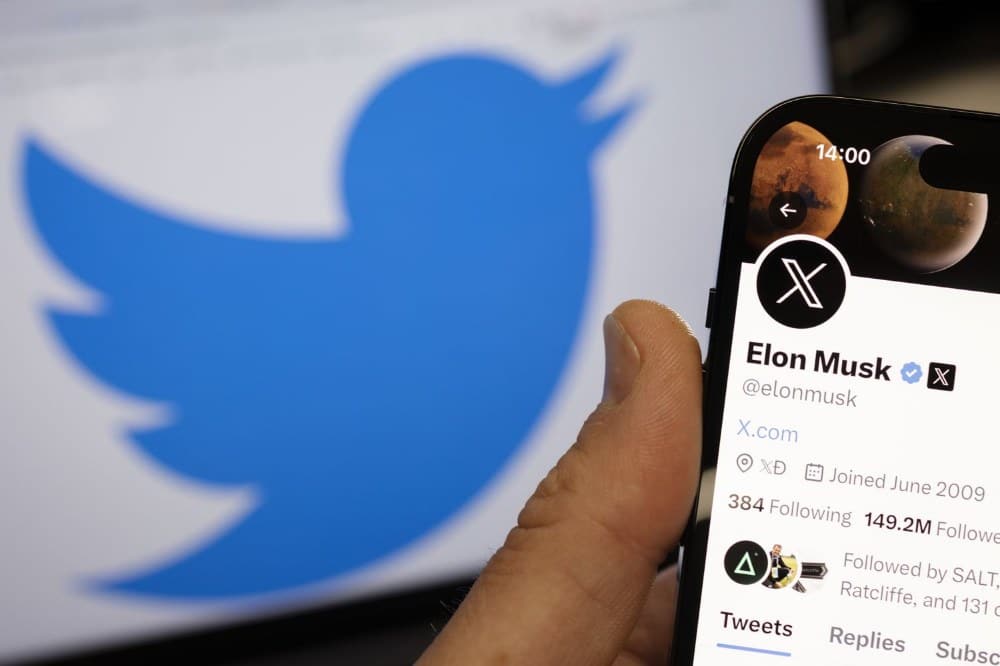Lab-Grown Diamond Popularity Causes Decline in Traditional Diamond Market

A surge in interest for lab-grown gemstones has caused a notable decline in a critical segment of the diamond market, as reported by Bloomberg. While diamond demand has decreased since the onset of the pandemic, the rough-diamond market has experienced significant price declines.
The growing popularity of lab-grown gemstones for engagement rings is impacting the market for one of the world’s most widely used types of natural diamonds, according to a Bloomberg report.
While demand for diamonds and luxury items, in general, has softened since the onset of the pandemic, the prices of diamonds used in more affordable engagement rings have witnessed a significant decline.
One example is De Beers, a leading diamond company, which has been forced to reduce prices by over 40% in a category known as “select makeables.” These are rough diamonds ranging from 2 to 4 carats that can be used in high-quality but not flawless engagement rings, as reported by Bloomberg.
In June of the previous year, the company was charging approximately $1,400 per carat for these select makeable cuts. However, by July 2023, the price had dropped to around $850 per carat. Moreover, secondary market prices are currently even 10% lower than that, suggesting potential further declines in the future.
Engagement rings, traditionally set with natural diamonds, are not expected to experience widespread declines in value, as price drops have been contained within the diamond trade. However, synthetic stones are gaining a larger share of the diamond market. In India, which is a major hub for cutting and polishing diamonds, synthetic stones accounted for 9% of diamond exports in June, a significant increase from just 1% a year ago.
Lab-grown diamonds are gaining popularity due to their quicker production, lower cost, and reduced environmental impact compared to mined diamonds. While they have posed a consistent challenge to the traditional mining industry, experts are now contemplating whether the declining demand for natural diamonds is indicative of a long-term trend.
Paul Rowley, the head of diamond trading at De Beers, expressed a different perspective to Bloomberg, suggesting that the current situation is more of a temporary dip in demand and not a structural shift in the market. He attributed the challenges to broader macroeconomic factors.
It’s important to note that the lab-grown diamond industry is witnessing even more substantial price drops. Five years ago, synthetic diamonds were sold at a 20% discount compared to natural stones, but now they are priced at approximately 80% less.
Rowley further emphasized that as lab-grown supplies increase, it will exert additional downward pressure on prices, further distinguishing them from natural diamonds. Ultimately, he believes that these two types of diamonds are distinct products, and the inherent rarity of natural diamonds will always set them apart.




